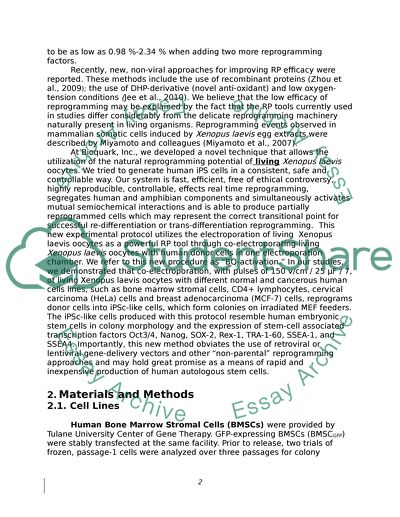Cite this document
(“Reprogramming Normal and Cancerous Human Cells Lines into Human Research Paper”, n.d.)
Reprogramming Normal and Cancerous Human Cells Lines into Human Research Paper. Retrieved from https://studentshare.org/health-sciences-medicine/1448626-reprogramming-normal-and-cancerous-human-cells
Reprogramming Normal and Cancerous Human Cells Lines into Human Research Paper. Retrieved from https://studentshare.org/health-sciences-medicine/1448626-reprogramming-normal-and-cancerous-human-cells
(Reprogramming Normal and Cancerous Human Cells Lines into Human Research Paper)
Reprogramming Normal and Cancerous Human Cells Lines into Human Research Paper. https://studentshare.org/health-sciences-medicine/1448626-reprogramming-normal-and-cancerous-human-cells.
Reprogramming Normal and Cancerous Human Cells Lines into Human Research Paper. https://studentshare.org/health-sciences-medicine/1448626-reprogramming-normal-and-cancerous-human-cells.
“Reprogramming Normal and Cancerous Human Cells Lines into Human Research Paper”, n.d. https://studentshare.org/health-sciences-medicine/1448626-reprogramming-normal-and-cancerous-human-cells.


